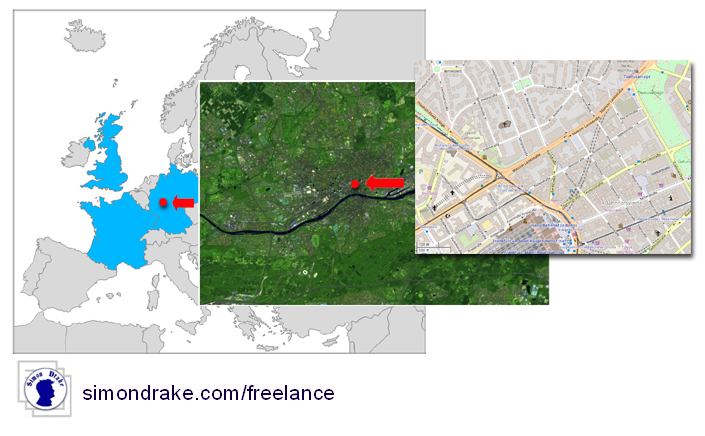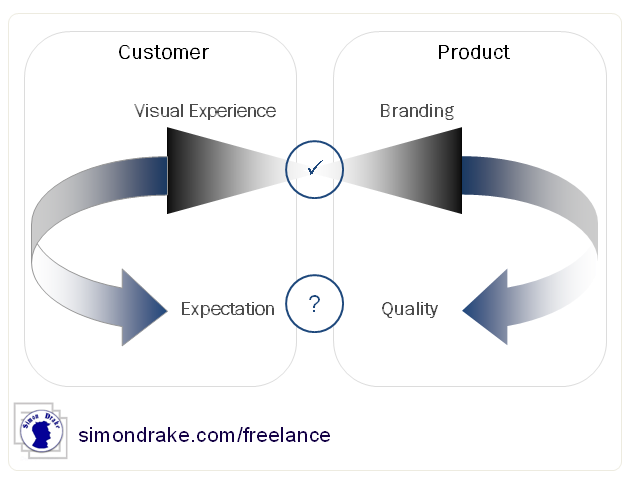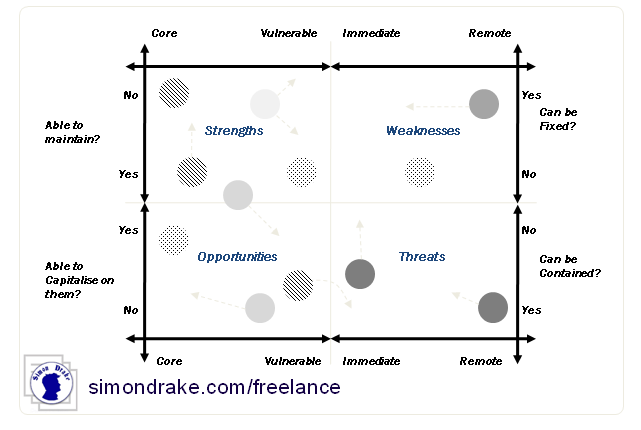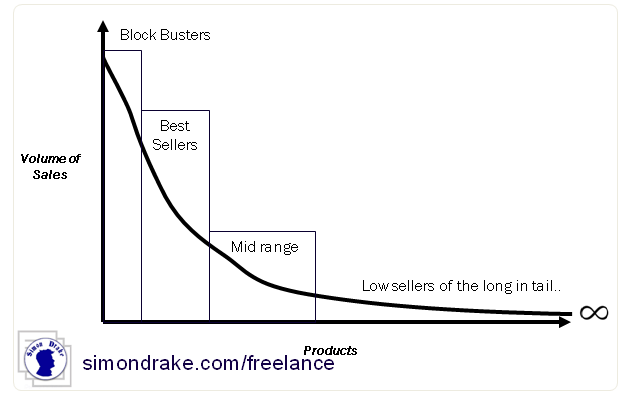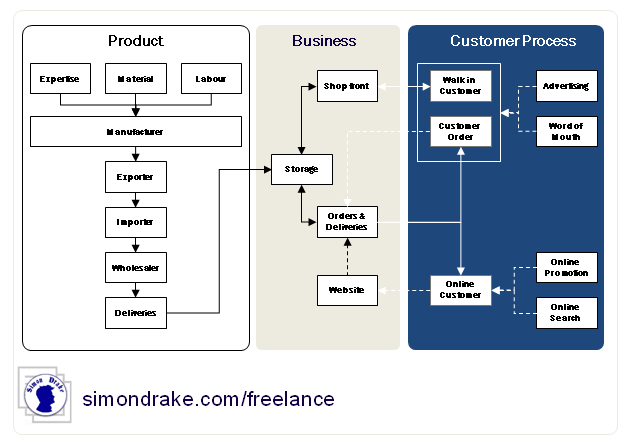The audience aren’t branded unless you call them consumers. They are grouped however, to aid analytical study.
The biggest question of branding is ‘Who Are We Meant to Be’ is simply answered by looking at who is your Customer, and answering with ‘What They Expect’.
What a customer expects, by how a shop front, a burger wrapper or a workplace health and safety video should look, is based upon many things out of many a designer’s control. Why the look of the old-school barber shop lives on in new barber shops is a simple matter of trust, and why hairdressers may roll-out the loudest fit-out is a matter of attention grabbing. Gender preferences aside, branding is what people want (trust and attention) and what makes people inquisitive.
Branding soon becomes a creative attempt to marry what the customer expects with an artistic, tasteful, and modern design. Translating this to your business, the exact definition of what works well in your line of business, is a personal journey but the philosophy stays the same: You Are What the Customer Wants.
This determines your logo, your advertisements, your brochures and your business cards.

